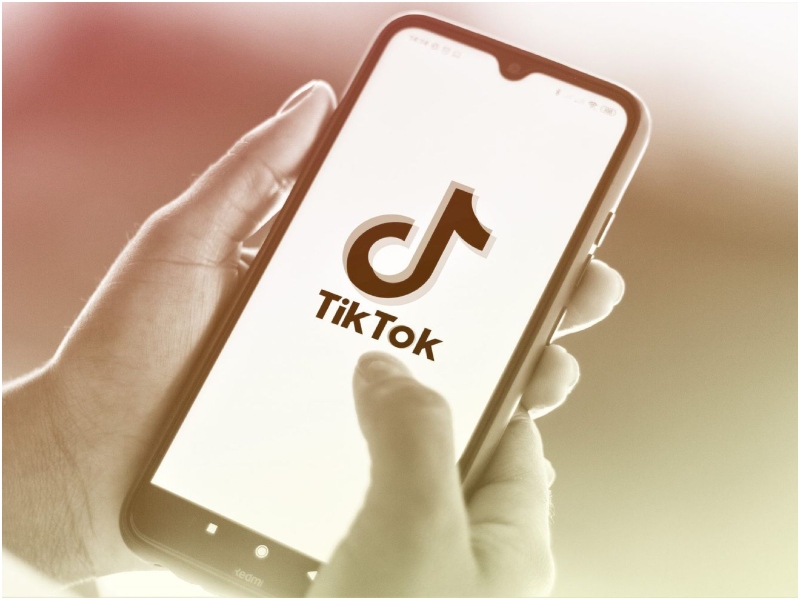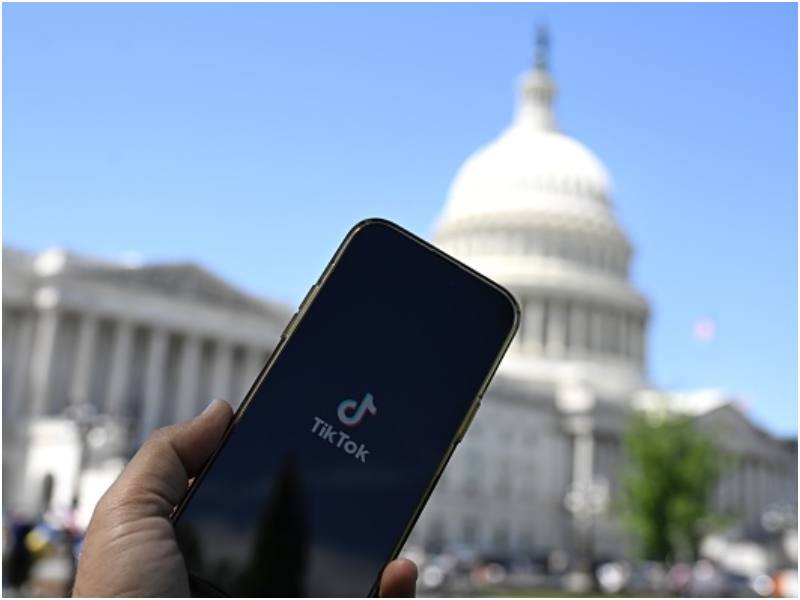In response to mounting regulatory pressure from Washington, TikTok is reportedly developing a standalone U.S.-only version of its app, internally dubbed “M2,” as the company seeks to comply with the Protecting Americans from Foreign Adversary Controlled Applications Act.
The development signals an intensifying legal and political battle over foreign tech platforms operating in the United States — and could fundamentally reshape how TikTok operates within U.S. borders.
According to The Information, the new version is tentatively set for a September 2025 launch, with current TikTok users in the U.S. expected to migrate to the restructured platform by March 2026. ByteDance, TikTok’s Beijing-based parent company, is reportedly aiming to strike a partnership with a U.S.-based buyer to retain access to the U.S. market while staying compliant with the newly enacted law.
Legal Context and Compliance Strategy

The move comes in response to the Protecting Americans from Foreign Adversary Controlled Applications Act, signed into law in April 2024, which prohibits social media apps owned or controlled by certain foreign adversaries — including China — unless they divest control of U.S. operations. The law provides a strict deadline for divestment or restructuring: September 2025.
Under the Act, platforms like TikTok must either:
- Divest to a U.S.-approved entity with no foreign control, or
- Be banned outright from app stores and U.S. web hosting services.
ByteDance’s reported M2 strategy appears to be an attempt to separate its U.S. operations from its global infrastructure — particularly the proprietary algorithm that powers TikTok’s addictive content recommendations. This algorithm has been a focal point of national security concerns and is currently restricted under Chinese export laws, which prohibit its direct transfer to foreign entities.
Challenges Ahead: Algorithm Access and User Retention
Legal experts point out that the effectiveness of a U.S.-only version will depend on whether it can match the performance of the original TikTok app without access to its central algorithm.
“TikTok without its core algorithm could become a shell of its former self,” said an attorney familiar with CFIUS reviews. “If ByteDance retains the algorithm, they still face serious scrutiny over data access and control.”
While ByteDance has previously floated the idea of offering algorithmic transparency or third-party audits, the Biden and Trump administrations have expressed skepticism, pushing instead for full divestiture of U.S. operations.
Trump’s Role and Possible Buyers
President Donald Trump — who initially attempted to ban TikTok in 2020 — recently re-emerged in the debate, claiming that a “group of very wealthy people” is lined up to purchase the U.S. version of TikTok. Trump has delayed enforcement of the sell-off three times, but now appears committed to seeing the transaction finalized before the September deadline.
While the identity of potential buyers remains unclear, analysts have speculated that several U.S.-based tech consortiums and investment firms may be in play. Any deal would still require Treasury Department approval, along with review by the Committee on Foreign Investment in the United States (CFIUS).
What’s Next?
As the legal deadline approaches, TikTok faces an uphill battle: engineering a version of its app that satisfies lawmakers, courts, and users — all while navigating thorny cross-border regulatory hurdles. Whether the M2 rollout can thread that legal and technical needle remains to be seen.
In the meantime, legal observers will be watching closely as TikTok, ByteDance, and U.S. lawmakers enter the final stretch of what may be the most consequential social media standoff of the decade.

